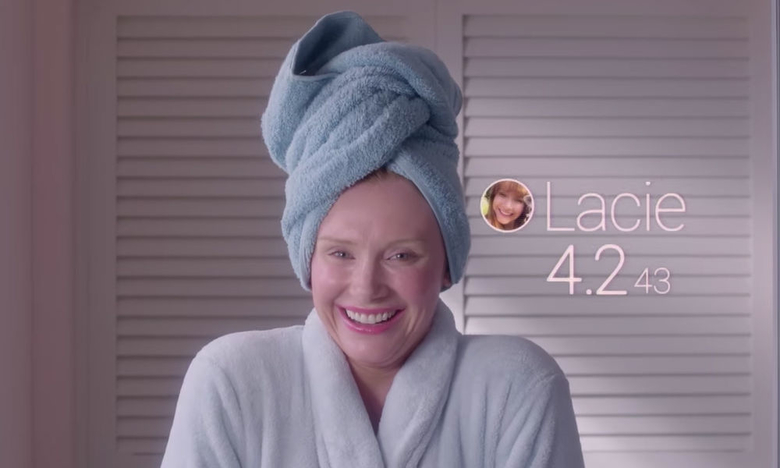▶ DIGC202 GLOBAL NETWORKS

Here’s to the first milestone of DIGC202 and BCMS — Semester A is complete!
The internet holds more than meets the eye, and everyday it helps us more and more in our daily lives. Before we would just get notifications on our phones whenever we would get an email but now there’s so much more — like using Face ID to access our bank account on our phones and even the use of QR codes to pay our electric and water bills! Who knows what’s next in the future, maybe we won’t even have a phone… maybe it will all just be built into our ‘system’ aka our bodies.

A great example of the rise of IoT technology is the concept of self-tracking, basically a consistent practice of gathering data of oneself on a regular basis to record and analyse then produce statistics of one’s daily habits and body functions (Lupton, 2013). Common forms that these may come in are watches — like an Apple watch or a Fitbit, a Fitbit can track a person’s heart rate, steps walked, stairs climbed and even the quality of sleep. An Apple watch can do almost all the same things just through the means of an app that can be connected to your iPhone in which you can track your daily statistics.

We don’t have to be glued to our computers at home anymore because now the existence of smart phones has made big benefits in our daily lives (Dentzel, n.d.). Smart homes, those exist already. We have smart phones, smart TVs, smart watches, well… yeah there’s homes now too and they’re pretty cool. You’re able to sync up your alarm clock with traffic apps, when it’s cold outside; your heating system will be able to detect the temperature through sensors and even whenever we enter a room — the lights can turn on (ICS, n.d.)!
I can see what the future of IoT could potentially turn into if we keep relying on technology to help us function in our daily lives; we could have a memory chip implanted in our brain that allows a visual camera roll in our brain that allows us to scroll through, replay memories or delete them, or for the kids of the future — there might be a chip made that parents would want to inject into their children that functions as a live GPS, tracker for their vitals and has the ability to censor certain people, objects or places from their lives. There could even be a chance where we would have to live in a world where everyone has their own ‘social credit,’ and everywhere you go you would be able to see everyone’s social rating and the only way to climb up the ‘social ladder’ is if you surround yourself with people of higher social credit.
Sounds pretty scary doesn’t it? Well unfortunately, these ideas were already somewhat curated into our heads.

Image taken from community.ew.com 
Image taken from medium.com 
Image taken from radiozet.pl
References:
- Dentzel, Z. (n.d.). How the Internet Has Changed Everyday Life. Retrieved from https://www.bbvaopenmind.com/en/articles/internet-changed-everyday-life/.
- ICS. (n.d.). 5 ways the Internet of Things will affect your daily life. Retrieved from https://www.ics.ie/news/view/1729.
- Lupton, D. (2013). Understanding the human machine , Ieee Technology and Society Magazine (4th ed., Vol. 32). Intel Free Press/Wikimedia Commons. doi: https://ieeexplore.ieee.org/stamp/stamp.jsp?arnumber=6679313

I would also like to experience twitter from a KFC ice cream machine haha!
LikeLike
That KFC ice cream machine would definitely be an interesting experience hahahaha
LikeLike